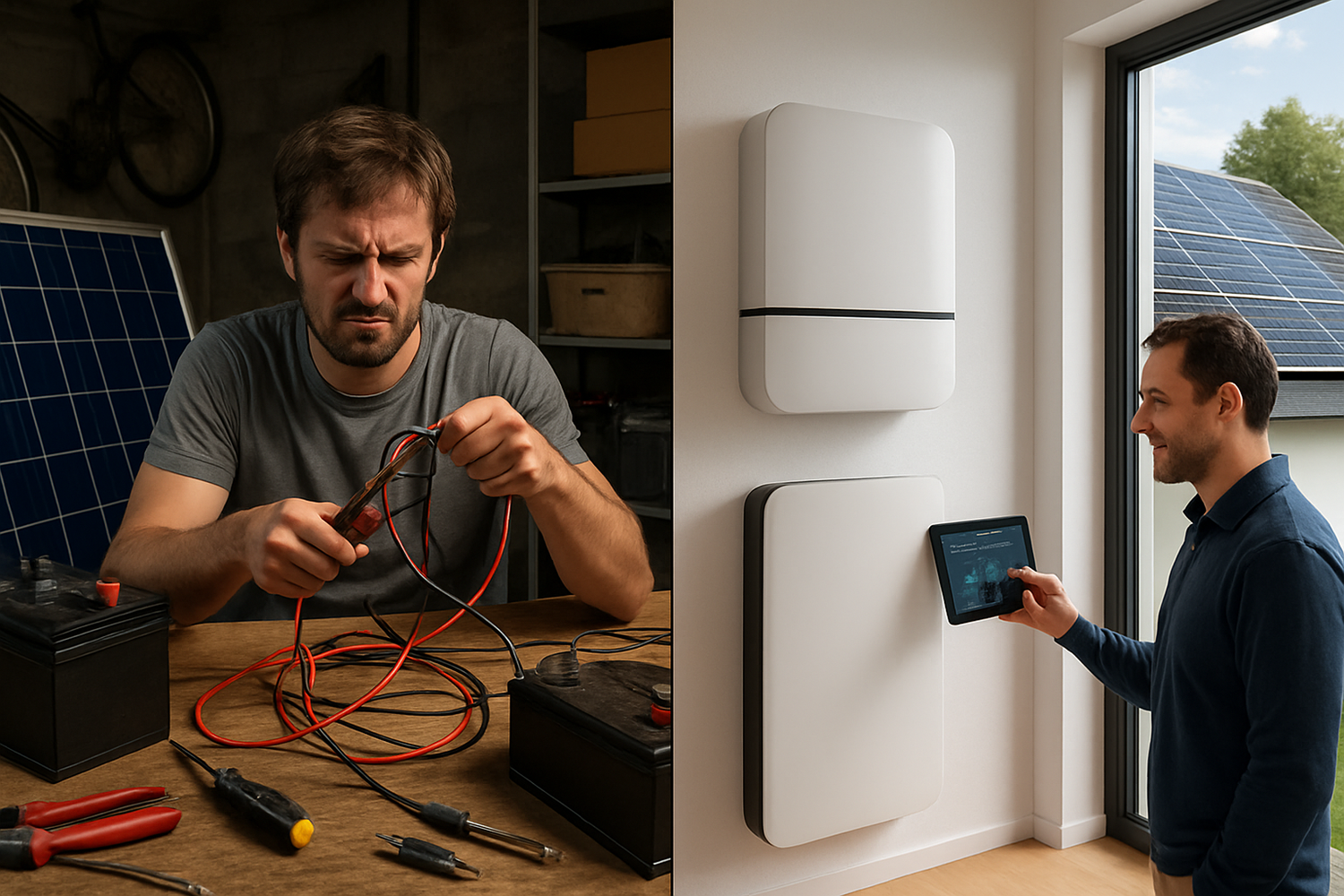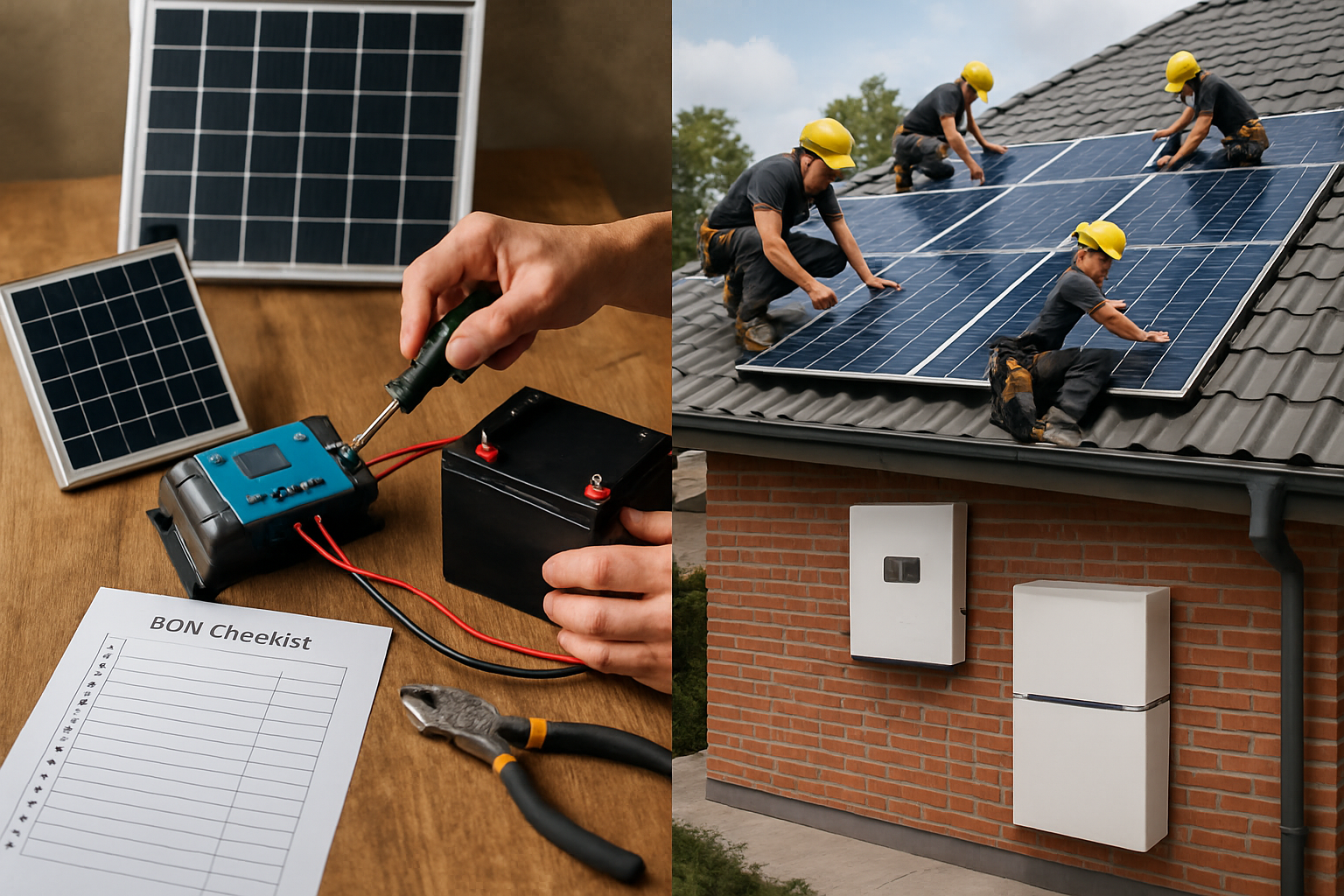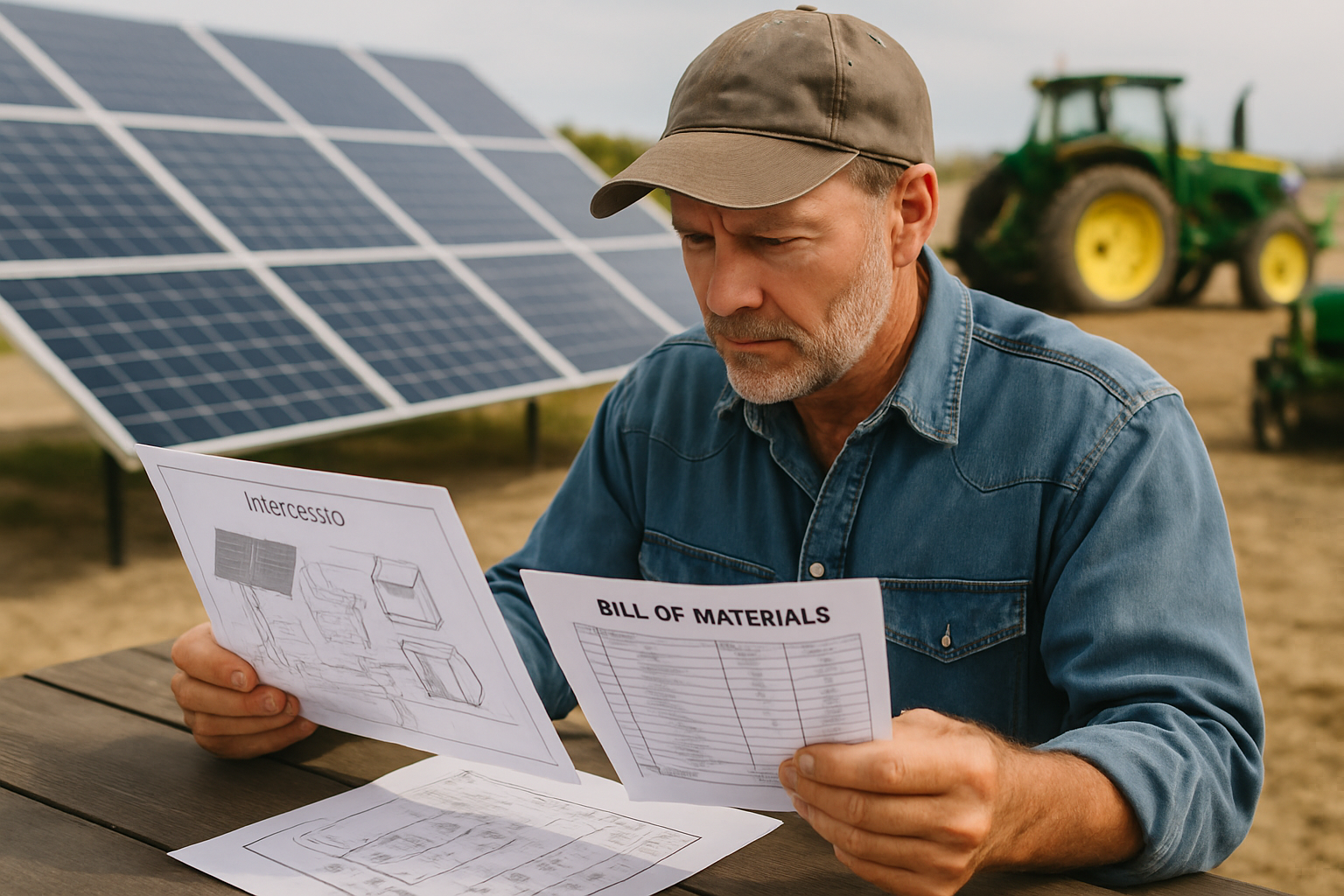Choosing a solar and energy storage system involves more than just comparing initial price tags. Many homeowners consider building their own system with DIY kits, hoping to save money. Others opt for full-service professional installations, valuing convenience and expertise. The real question is: which path offers the best value over the system's entire lifespan? We will break down the Total Cost of Ownership (TCO) for both approaches, helping you make a truly informed decision for your energy independence.
Beyond the Sticker Price: Defining Total Cost of Ownership (TCO)
Total Cost of Ownership extends far beyond the upfront purchase price. It encompasses every expense associated with acquiring, operating, maintaining, and eventually disposing of an asset. For solar and energy storage systems, this includes hardware, installation, ongoing maintenance, potential repairs, efficiency losses, and even the value of your time.
Initial Outlays: What You See First
The most obvious costs are the initial outlays. For a DIY system, this means purchasing solar panels, LiFePO4 batteries, a solar inverter, and mounting hardware. For a full-service solution, this covers the entire system package, including components, design, and professional installation fees. While DIY kits often appear cheaper at this stage, this is only a partial view of the financial landscape.
Long-Term Expenses: The Hidden Figures
The long-term expenses often surprise those who focus solely on initial costs. These can include unexpected repairs, replacement parts, efficiency degradation, and the cost of your own labor for maintenance. Understanding these long-term factors is crucial for an accurate TCO calculation. According to the IEA's Projected Costs of Generating Electricity 2020 report, assessing the system contribution of different generation technologies provides a more complete picture of their economic costs. This highlights that the value a system delivers, and its true cost, extends beyond simple component pricing.

DIY Kits: The Allure of Savings and the Reality of Effort
DIY solar kits promise significant savings by eliminating professional labor costs. This approach appeals to those with technical skills and a desire for hands-on control. However, the path to energy independence through DIY involves several often-underestimated cost categories.
Component Costs and Procurement
You source individual components like LiFePO4 batteries, solar inverters, and PV panels. While direct purchasing can reduce retail markups, it introduces complexity. You must research compatibility, verify specifications, and manage multiple suppliers. Shipping costs for heavy items like batteries and panels can add up quickly, especially if components come from different vendors. Ensuring the quality and warranty coverage for each individual part becomes your responsibility.
Labor, Tools, and Time Investment
Your time becomes a significant, albeit often unquantified, investment. Researching, designing, installing, troubleshooting, and learning local electrical codes demand many hours. You might need to purchase specialized tools, such as crimpers, multimeters, and safety gear, which adds to the initial outlay. If you encounter unexpected issues, the time spent diagnosing and resolving them can be substantial. Valuing your time is crucial when calculating the true cost of DIY.
Permitting, Inspections, and Grid Interconnection
Navigating local permitting and inspection processes can be complex and time-consuming. Each municipality has specific requirements, and errors can lead to delays and additional fees. For grid-tied systems, utility interconnection agreements involve a separate set of rules and technical standards. Improperly filed paperwork or non-compliant installations can result in significant setbacks or even rejection. For example, the IEA's Unlocking the Economic Potential of Rooftop Solar PV in India report mentions how tariffs and nodal power systems depend on the place of energy injection to the grid, highlighting the intricate nature of grid integration. This complexity underscores the value of professional handling.
Full-Service Solutions: Professional Expertise and Comprehensive Value
Full-service solar and energy storage providers offer a complete package, managing every aspect of your system from design to activation. While the upfront cost is typically higher, this investment covers a range of benefits that contribute to a lower long-term TCO and a smoother experience.
Integrated Design and Installation
Experts design your system to maximize energy production and storage capacity, considering your specific energy needs and property characteristics. This includes precise sizing of solar panels, LiFePO4 battery banks, and hybrid inverters for optimal performance. Professional installers ensure all components are integrated safely and efficiently, adhering to strict industry standards and local building codes. This reduces the risk of errors and ensures your system operates reliably from day one.
Warranties, Support, and Ongoing Maintenance
Full-service installations often come with comprehensive warranties covering both components and labor. This provides peace of mind, knowing that if an issue arises, the provider will address it. You also gain access to dedicated technical support and, in many cases, optional maintenance plans that keep your system running at peak efficiency. This proactive approach minimizes downtime and extends the lifespan of your investment.
Regulatory Compliance and Expedited Processes
Professional installers handle all necessary permits, inspections, and utility interconnection paperwork on your behalf. Their familiarity with local regulations expedites the approval process and ensures full compliance, avoiding costly delays or rework. This expertise removes a significant burden from your shoulders, allowing you to enjoy your new energy system sooner and with confidence.
Calculating Your True Costs: A Practical Framework
To truly compare DIY and full-service options, you need a structured approach to TCO. Consider all direct and indirect costs over a 20-25 year system lifespan.
A Comparative Cost Breakdown Table
Here is a simplified framework to help you compare the costs:
| Cost Category | DIY Kit Approach | Full-Service Approach |
|---|---|---|
| Initial Hardware (PV, Battery, Inverter) | Direct purchase price (potentially lower) | Included in system package |
| Shipping & Logistics | Variable, often higher for individual components | Typically included or streamlined |
| Tools & Equipment | Purchase or rental of specialized tools | Included in installation fees |
| Permitting & Fees | Your time, direct fees, potential rework costs | Handled by provider, included in fees |
| Labor (Installation) | Your time and effort (opportunity cost) | Professional installation fees |
| System Design & Engineering | Your research and design time | Professional design included |
| Warranty & Support | Individual component warranties, self-support | Comprehensive system and labor warranties, dedicated support |
| Maintenance & Repairs | Your time, cost of parts, self-troubleshooting | Optional service plans, professional repairs |
| Insurance (Installation) | May require specific coverage | Covered by installer's insurance |
| Potential Rework/Troubleshooting | Significant time and material costs if errors occur | Minimal, covered by warranty/service |
| System Performance & Efficiency | Depends on DIY installation quality | Optimized by professional design and installation |
Factoring in Opportunity Costs and Risk
The value of your time is a critical, often overlooked, opportunity cost. If you spend 200 hours on a DIY installation, what is the monetary value of that time? Could you have earned more or pursued other activities? Beyond time, consider the risks: improper installation can lead to reduced efficiency, safety hazards, or even voided component warranties. The IEA's Projected Costs of Generating Electricity 2020 report notes that storage is becoming more important, with sinking investment costs for battery units making them economically attractive. However, realizing this economic attractiveness fully depends on proper system integration and long-term reliability, which professional services help ensure.
Making Your Informed Energy Choice
The decision between a DIY solar kit and a full-service installation depends on your unique circumstances. If you possess significant technical expertise, have ample time, and enjoy hands-on projects, a DIY approach might appeal to you. However, you must account for all potential costs, including your time and the complexities of permitting and integration.
For those prioritizing reliability, comprehensive support, and a streamlined process, a full-service solution often presents a more cost-effective TCO. It minimizes risks, ensures compliance, and provides peace of mind through professional design, installation, and warranties. Ultimately, the goal is to achieve reliable and scalable energy independence, and understanding the complete TCO picture empowers you to choose the path that best serves your long-term needs.
Frequently Asked Questions
What is the biggest hidden cost in DIY solar?
The biggest hidden cost in DIY solar is often the value of your time, coupled with unexpected expenses for specialized tools, permitting fees, and potential rework due to errors or unforeseen challenges during installation. These can quickly erode initial savings.
How do warranties differ between DIY and full-service?
With DIY, you typically receive individual component warranties, meaning you must manage claims with multiple manufacturers. Full-service installations often come with a comprehensive system warranty covering all components and the installation labor, providing a single point of contact for support and claims.
Can I expand a DIY system later?
Yes, you can expand a DIY system, but it requires careful planning to ensure compatibility with existing components and adherence to updated electrical codes. Expanding a system also involves repeating the permitting and interconnection processes, adding to the complexity and cost.
When is a full-service solution truly worth the extra upfront cost?
A full-service solution is often worth the extra upfront cost when you value professional expertise, comprehensive warranties, streamlined permitting, and guaranteed system performance. It minimizes risks, saves you significant time, and ensures long-term reliability, which often translates to a lower TCO over the system's lifespan.
References
- IEA. (2020, December 28). Projected Costs of Generating Electricity 2020.
- IEA. (2021, May 28). Unlocking the Economic Potential of Rooftop Solar PV in India.





Leave a comment
All comments are moderated before being published.
This site is protected by hCaptcha and the hCaptcha Privacy Policy and Terms of Service apply.